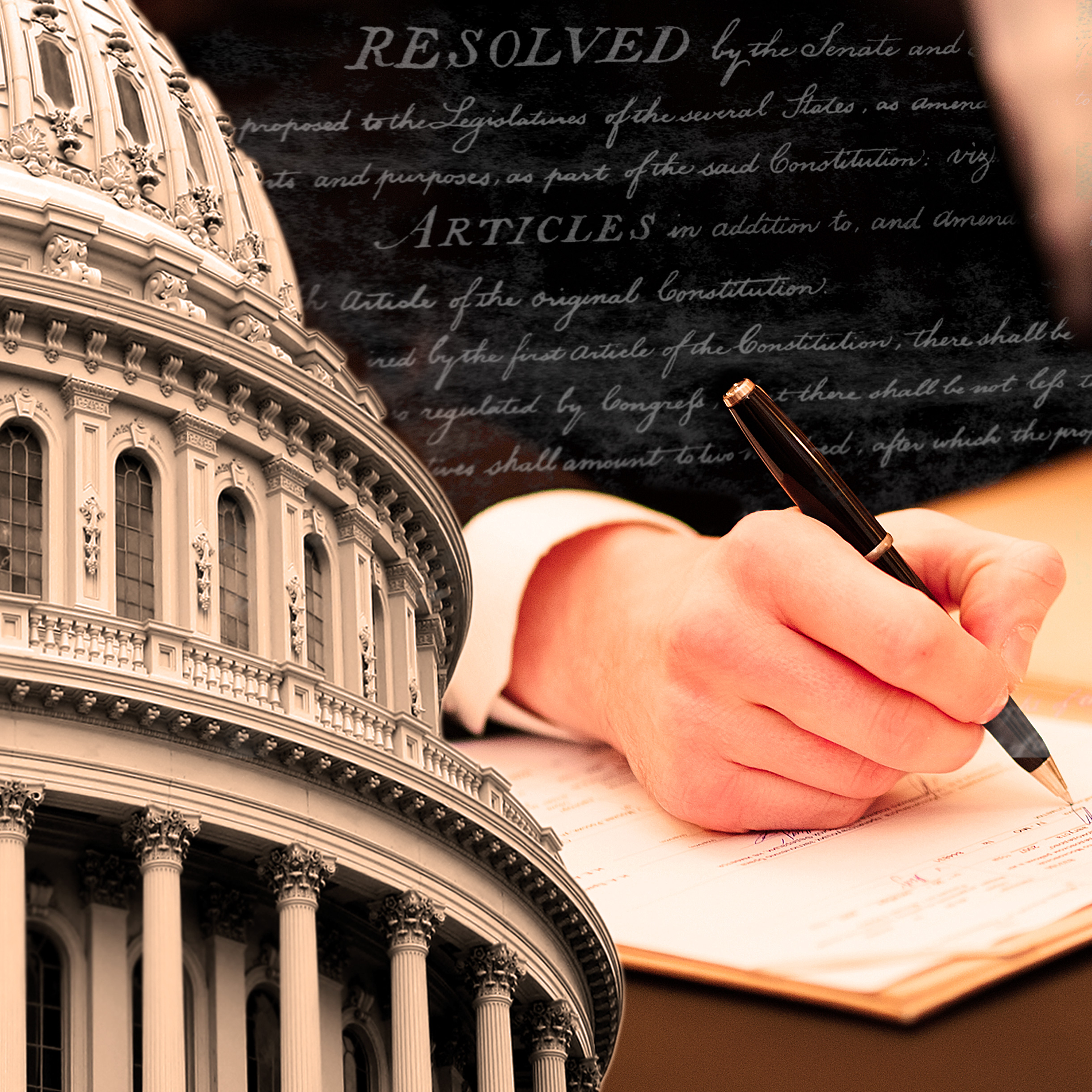NLM Legislative Chronology
National Library of Medicine Act of 1956
Senators Lister Hill (D-AL) and John F. Kennedy (D-MA) introduced an amendment to Title III of the Public Health Service Act, the National Library of Medicine Act, that created the National Library of Medicine (NLM). Congress passed the amendment and President Dwight D. Eisenhower signed it into law on August 3, 1956. The National Library of Medicine Act established the NLM and created a Board of Regents to advise it.
The NLM authorizing language mandated that the NLM:
- acquire and preserve books, periodicals, prints, films, recordings, and other library materials pertinent to medicine;
- organize materials by appropriate cataloging, indexing, and bibliographical listing;
- publish and disseminate catalogs, indexes, and bibliographies;
- ensure library materials are available through loans, photographic, or other copying procedures;
- provide reference and research assistance; and
- engage in such other activities as deemed appropriate and the NLM's resources permit.
The Board of Regents advises the HHS Secretary on matters of policy affecting NLM. The Secretary of the Board appoints ten regents, who serve four-year terms. The regents come from academia, the health sciences, librarianship, public life, and industry. In addition to the appointed members, nine high-ranking federal officials in related fields are ex-officio members. They are from the Surgeons General of the Army, Navy, Air Force, and Public Health Service. Pioneering heart surgeon Michael E. DeBakey, MD, instrumental in the passage of the National Library of Medicine Act, chaired the first Board.
The original legislation has been amended several times. The six functions listed above have been expanded with a seventh: "publicize the availability from the Library of the [above] products and services” and an eighth: "promote the use of computers and telecommunications by health professionals" to improve “access to biomedical information for health care delivery and medical research.”
Legislative Timeline
In addition to the National Library of Medicine Act of 1956 (Public Law 84-941), other congressional actions have had a profound effect on the Library.
- The Medical Library Assistance Act (MLAA) of 1965 (Public Law 89-291) authorized a program of grants and called for the establishment of a system of regional libraries.
- In 1968, legislation (Public Law 90-456) authorized the establishment of the Lister Hill National Center for Biomedical Communications.
- In 1988, the National Center for Biotechnology Information was established as authorized under the Health Omnibus Programs Extension Act (Public Law 100-607).
- The National Institutes of Health Revitalization Act of 1993 (Public Law 103-43) the National Information Center on Health Services Research and Health Care Technology.
- The Food and Drug Administration Modernization Act (FDAMA) of 1997 (Public Law 105-115) called for the creation of a centralized, consumer-friendly online listing of clinical trials, which became ClinicalTrials.gov.
- The Food and Drug Administration Amendments Act (FDAAA) of 2007 (Public Law 110-85) extended the scope of clinical trials to be registered at ClinicalTrials.gov and required the submission of summary results, including adverse events.

Last Reviewed: November 18, 2024

